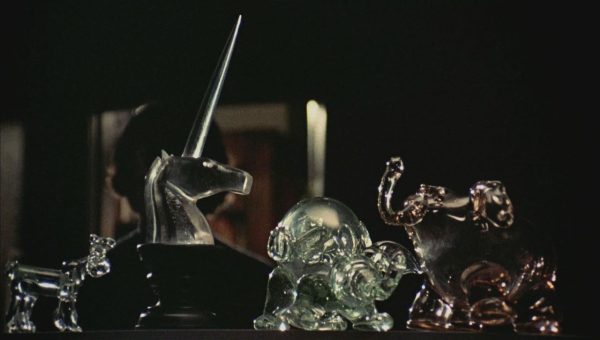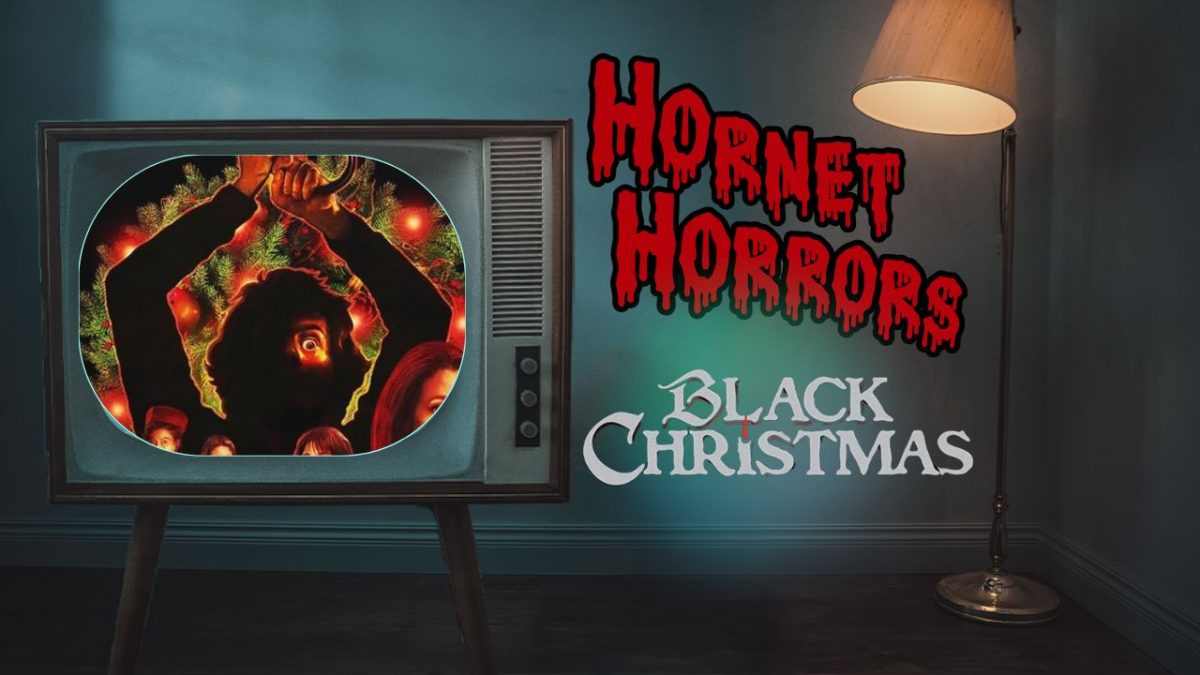Next to Halloween, Christmas is probably the next most prominent holiday to become fodder for various horror flicks. Finding the diamond in the rough can take some effort, but when done well you get a true classic.
Enter “Black Christmas,” a 1974 Canadian slasher movie from American director Bob Clark. Even if you don’t recognize the name, you’ll definitely recognize his other big Christmas hit- 1983’s “A Christmas Story.”
“Black Christmas” may not get its own 24-hour marathons, but it’s just as iconic in its own way, having inspired several future slashers.
RELATED: Hornet Horrors: ‘Candyman’
The plot follows college student Jess, played by Olivia Hussey, and her sorority sisters as they are stalked by a mysterious killer. Known as both “Billy” and “The Moaner”, the polyonymous killer calls the women on the phone to taunt and harass them.
After one of the sisters disappears, the police get involved by trying to track down where the calls are coming from. Jess’ boyfriend Peter, played by Keir Dullea, becomes a suspect as the girls are picked off one by one.

“Black Christmas” is often cited as a big inspiration for future slasher flicks, with some elements being pretty clearly lifted for those films. The most obvious is the first “Halloween” film, with the most notable element between the two being the use of point-of-view shots for the killer.
The movie also earned a reputation for some of the themes it tackles. Part of the plot involves Jess letting her boyfriend know she’s pregnant, but has made the decision to get an abortion. This is a controversial topic now, but in 1974 it was extremely uncommon for it to be covered in the media at the time. Roe v. Wade had only been decided the year before and in Canada abortion was still restricted to medical emergencies.
The movie also deals with the topic of misogyny, both overt and casual. Peter’s reaction to Jess’ decision is anger, calling her selfish and berating her for not involving him in the decision. He insists that she should marry him and gets angry for refusing to change her life plans just because he has.
It’s shown again when the women go to the police to report their sorority sister as missing. The police blow them off, saying the missing woman is likely just shacked up with a boy. It’s not until they report the lewd calls being made by the killer and another missing girl is found dead that they’re taken seriously.
Even if you remove these themes, “Black Christmas” is overall still a strong horror flick. The constant calls of “Billy” are legitimately disturbing, ranging from sexually charged to incredibly violent. The shots from his point-of-view are frantic, rapidly moving around to the sound of his ragged breathing.

The movie has a relatively low body count for this type of movie, but it at least tries to have interesting kills in it. Probably the most iconic is when “Billy” uses a glass unicorn to kill Barb, played by Margot Kidder.
Speaking of Kidder, both her and Hussey do a lot for the movie with solid performances throughout. Praise should also go to John Saxon as Lt. Ken Fuller, seemingly the only police officer to take the girls seriously.
The movie does try to inject some levity from time to time. The joke of house mother Ms. Mac, played by Marian Waldman, having liquor hidden throughout varies in effectiveness. They’re fine early on, but in later stages these moments do tend to hurt the overall tone of the film.
“Black Christmas” is fairly well known among horror fans at this point and a lot of the themes it covers are still relevant. Whether it’s Christmas, Halloween or even Labor Day, take the time to seek out this classic slasher.
Writer’s Note: Thank you to everyone who’s taken the time to read these columns throughout this semester. This will be the last edition I write for The State Hornet, and it’s been a blast to share something I’m passionate about with others. Happy Holidays!


































































































































